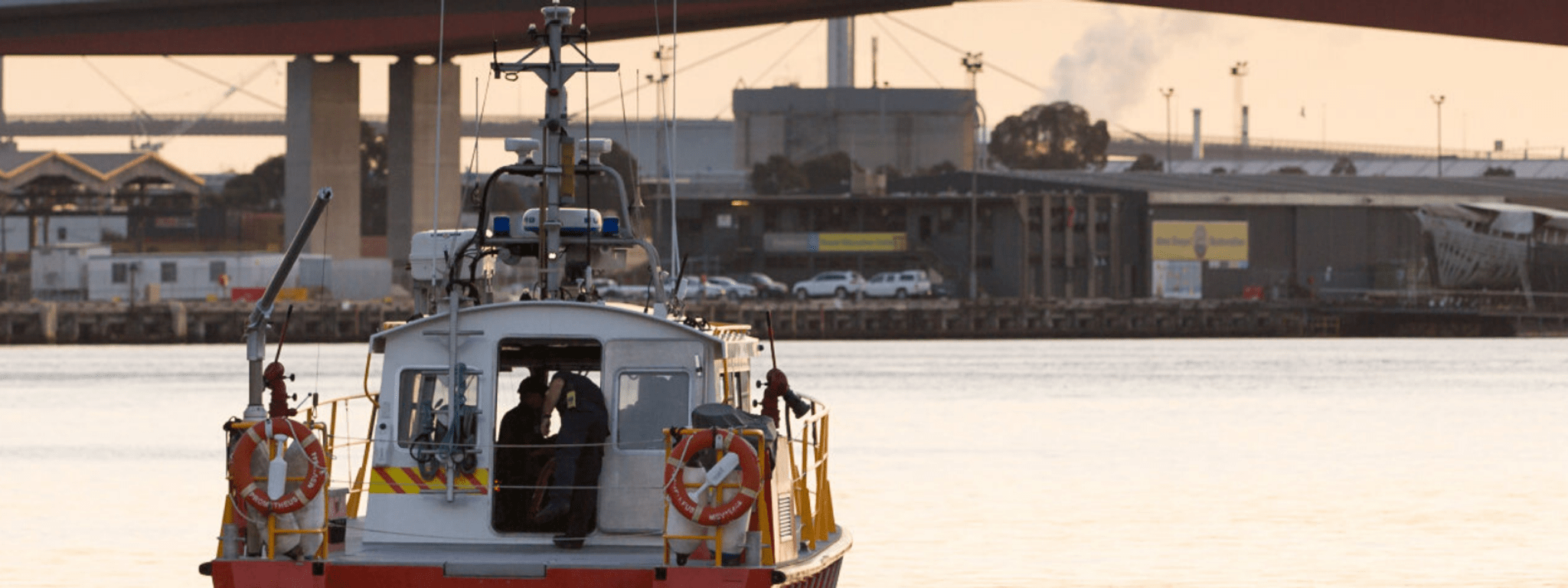You must ensure you are prepared for a fire in your car or on your boat.
Being prepared and responding correctly can mean the difference between life and death.
There are a minimum number of fire extinguishers required on boats and vessels in Victoria.
Refer to the Marine Safety Victoria website for safety equipment regulations and requirements.
If your vehicle catches fire it is important to know what to do to avoid injury or death:
1. turn off the ignition, place the vehicle in park and engage hand brake
2. evacuate the vehicle, shut the doors and keep the area clear for a safe distance
3. call Triple Zero (000)
4. if you have a fire extinguisher and feel confident using it consider the following actions
Fire under the bonnet
- Release the bonnet catch only. Do not lift the bonnet as a rush of air could cause the fire to flare-up resulting in serious burns. Discharge the contents of the extinguisher through the bonnet gap
Fire in the cabin
- Discharge the contents of the extinguisher into the cabin directly on to the fire and close the door
If LPG powered
- turn off the main supply valve (familiarise yourself with its location)
- attempt to extinguish the fire with extreme caution.
IMPORTANT: Smoke from burning plastic contains many toxic substances. Avoid breathing smoke at all costs.
5. when you have extinguished the fire:
- remove battery leads from terminals, if safe to do so
- do not drive the car until checked by an auto electrician or qualified mechanic.
6. FRV recommends purchasing a 1A 5B(E) dry powder portable fire extinguisher, installed in an easily accessible location
Following a fire or an incident involving an electric vehicle (EVs), including those having been damaged, submerged or involved in areas with fire or high thermal exposure, there is still potential for significant risk and reignition.
NOTE: If the vehicle battery catches fire ring 000 immediately and wait in a safe location for firefighters to arrive.
Owners/Towing and Salvage Operators/Automotive Wreckers and Repairers must:
- access the correct emergency response guide and transport on a flatbed where possible.
- refer to ANCAP Emergency Rescue Sheets(opens in a new window) for specific information for the vehicle.
- ensure that the EV is identifiable by emergency services
- monitor for heat, vapour & flames for an extended period.
- damaged EV batteries may ignite hours, days, or even weeks after the initial incident.
- ensure damaged EVs are kept in an open area, at least 15 metres away from other vehicles, buildings, and/or other materials that are combustible or flammable.
- contact the sales point, service point or vehicle manufacturer for further technical advice.
- not charge or use the vehicle unless it has been inspected and cleared by a qualified technician.
- access the correct emergency response guide and transport on a flatbed where possible.
Updated
